Let’s go on the fishing adventure of a lifetime at Raystown Lake, the crown jewel of Huntingdon County and the Keystone State. As the largest lake in Pennsylvania located entirely within the state, it’s a legendary spot where anglers reel in their catches of a lifetime.
This pristine water haven sets the scene for epic battles with nature’s finest and invites you into a world where every cast could lead to a story worth telling for years. Here, pursuing the biggest fish in Raystown Lake becomes an unforgettable experience.
Key Takeaways
- Raystown Lake is a premier destination for anglers seeking the thrill of catching the biggest fish in Pennsylvania.
- With a diverse ecosystem, Raystown Lake offers year-round fishing opportunities for various species.
- Ridgeview Campground provides the perfect base for fishing adventures, combining natural beauty with convenient access to Raystown Lake.
Raystown Lake
Pennsylvania is known for its beautiful and large lakes. Lake Erie, for example, is one of the five great lakes of North America and is located mainly within Pennsylvania. Conneaut Lake, a popular destination for recreation, is the state’s largest natural lake. But Raystown offers something wholly different.
Originally of a smaller size, Raystown Lake became the vast water body we know today because of a flood control dam and hydroelectric power project by the U.S. Army Corps of Engineers. Now teeming with a huge number of fish species, it has become one of the country’s best anglers’ paradises.
Raystown Lake was formed by the construction of Raystown Dam on the Juniata River, which originates in the Allegheny Mountains of Pennsylvania and flows eastward to join the Susquehanna River.
The Giants of Raystown Lake
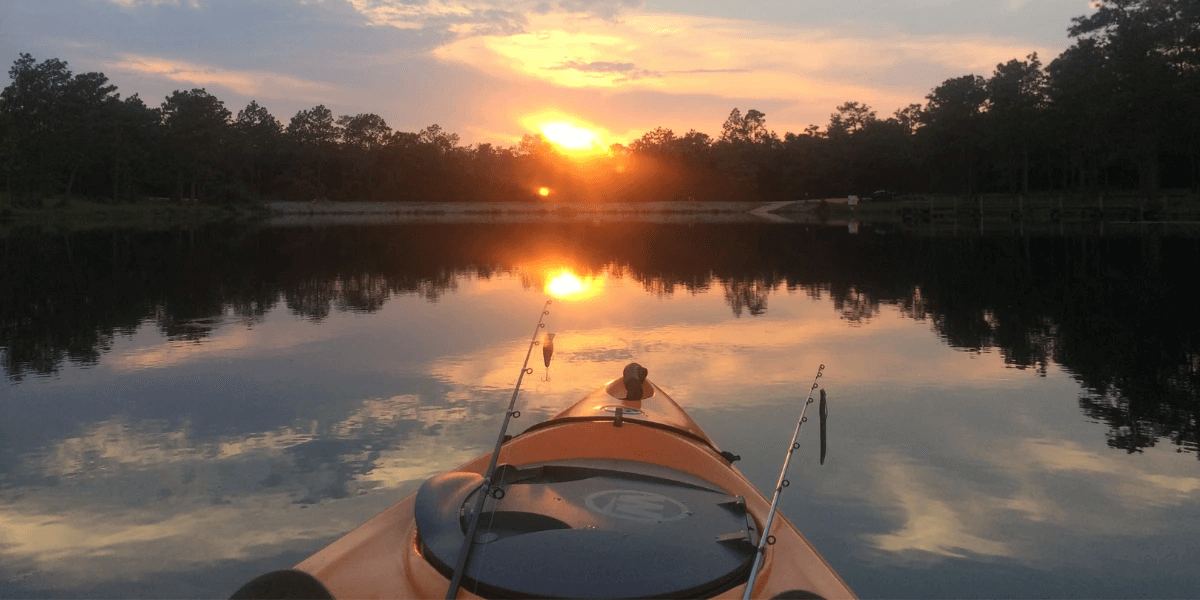
At Raystown Lake, you’re stepping into a fishing adventure that’s anything but ordinary. Jumping right into the specifics, Raystown Lake has been the site of some incredible catches.
Brian Keller set a record in 2001 with a 17 lbs. 2 oz Atlantic Salmon. Not to be outdone, Robert Price nabbed a Striped Bass weighing 53 lbs. 12 oz back in 1994. These catches are proof of the lake’s rich and diverse fishery.
Beyond these record-setters, the lake boasts a variety of species like lake trout, brown trout, yellow perch, flathead catfish, and smallmouth bass. The landlocked lake mirrors the diversity of larger bodies of water like Lake Erie and the Delaware River, yet unique in its charm. In fact, Raystown has the most number of species compared to most U.S. lakes.
Every time you cast your line into Raystown Lake, you’re in for a chance to catch some of the best fish Pennsylvania has to offer. The lake is full of spots where fish like to hang out, especially where the water gets deep, and the plants on the bottom give them places to hide.
Fishing in Raystown Lake
Let’s take a look into the seasonal strategies and the array of species that make this lake a fishing haven.
Spring
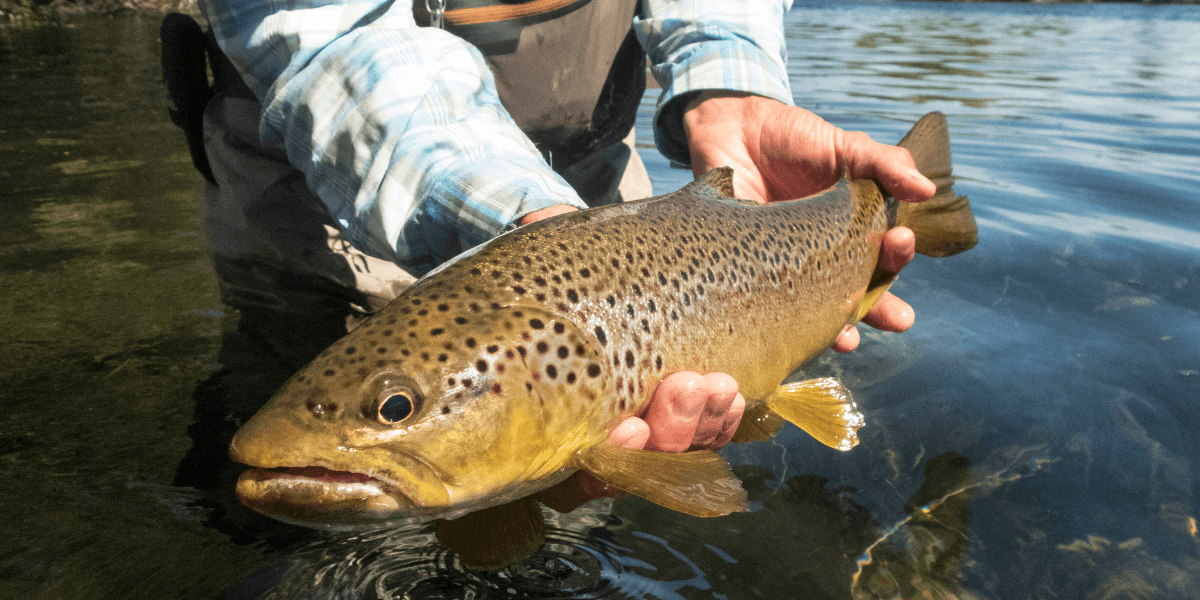
Target fish: Striped bass, known locally as stripers, begin their active season, with early spring being ideal for catching them using lures on shallow flats, especially near the southern end of the lake. Additionally, lake trout and brown trout become more prevalent.
Techniques: Casting lures and live bait like alewife, shad, trout, and shiners in areas active in mid-May, particularly around the Seven Points area and north towards the dam.
Summer
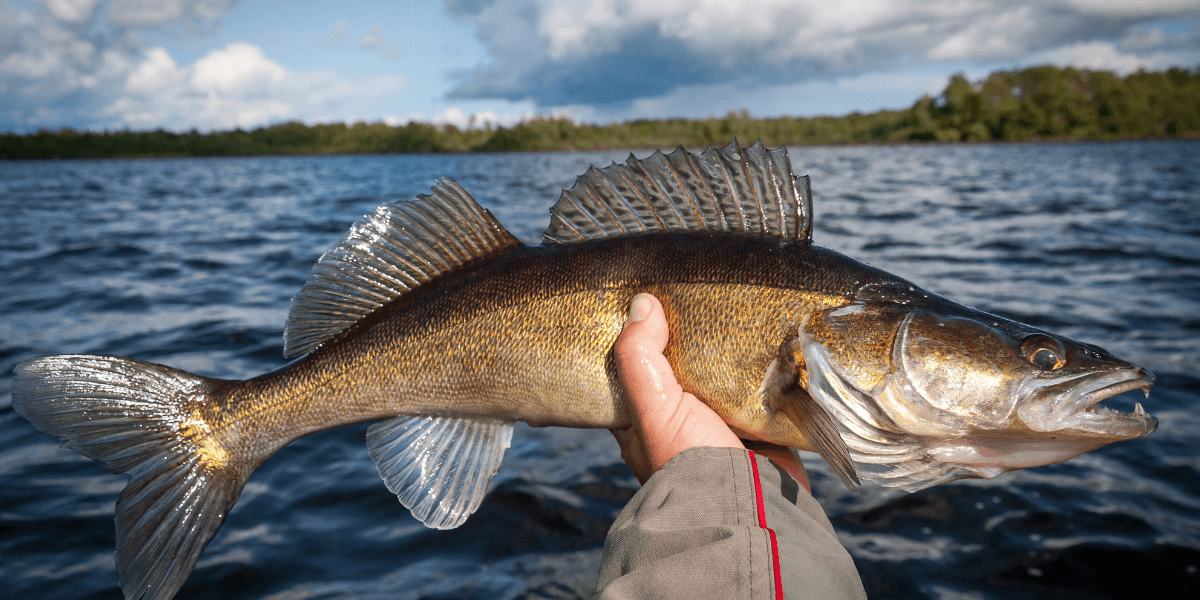
Target fish: The warmer months are perfect for targeting stripers, especially during nighttime for the 30- to 50-pounders around the dam and Mile Marker #1. Walleyes and channel cats (channel catfish) also become prime targets.
Techniques: Trolling with a variety of plugs, spinners, and spoons, as well as live shad, proves effective. Using fish finders to locate schools of baitfish for jigging or drifting live bait is also recommended.
Fall
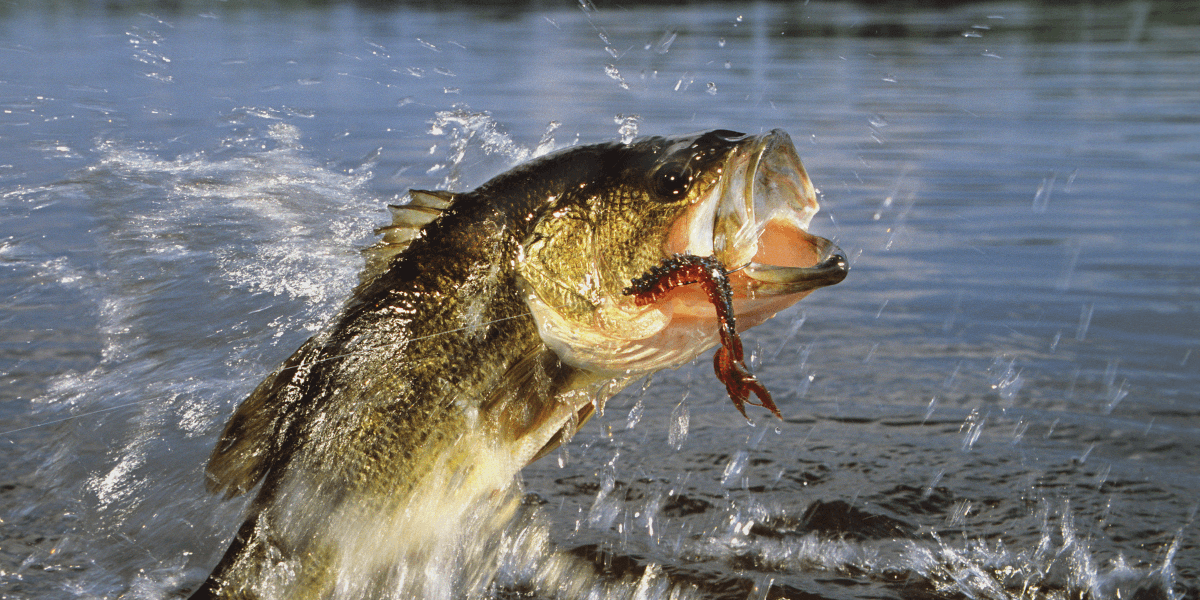
Target fish: Smallmouth and largemouth bass are most active alongside muskies, which can be caught in significant sizes by trolling.
Techniques: Focusing on creek mouths, channel bends, and standing timber with spoons and Rat-L-Traps for bass and deep-diving lures or umbrella rigs for muskies.
Winter
Target fish: While challenging, fishing for species like lake trout can still be rewarding.
Techniques: Jigging and using live bait in shallower waters or near the dam area.
The Best Spots for Catching Lake Trout and More at the Lake
Here are the spots where you can find the best action and how to make the most of your fishing adventure at Raystown Lake.
James Creek
It is a bass angler’s paradise, offering shallow and deep water fishing, making it perfect for catching largemouth and smallmouth bass. Techniques like spinnerbaits and soft plastic worms are highly effective here.
Beer Barrel Bay
It is known for its exceptional striped bass (striper) fishing during early spring and summer nights. Anglers find success with live bait or jerk baits, targeting the deeper waters where stripers school.
Shy Beaver Creek
It is deal for those targeting brown trout and yellow perch in a more tranquil setting. This spot is perfect for fly fishing or using light tackle, benefiting from the clear waters and abundant aquatic life.
Main Lake Area
Offers a diverse fishing experience with a wide variety of species, including channel catfish, lake trout, and walleye. This area is great for anglers looking to explore different fishing techniques, from trolling to bait fishing along creek edges and drop-offs.
Pro tips
- Focus on areas with natural structures such as fallen trees, weed beds, and rocky points to attract bass.
- Use fish finders to identify schools of baitfish, especially when targeting stripers and walleye, as these fish often gather around their prey.
- Early morning and late evening are prime times for bass, while nighttime offers the best chance for big stripers and walleye due to cooler water temperatures and reduced boat traffic.
Maximizing Your Fishing Adventure
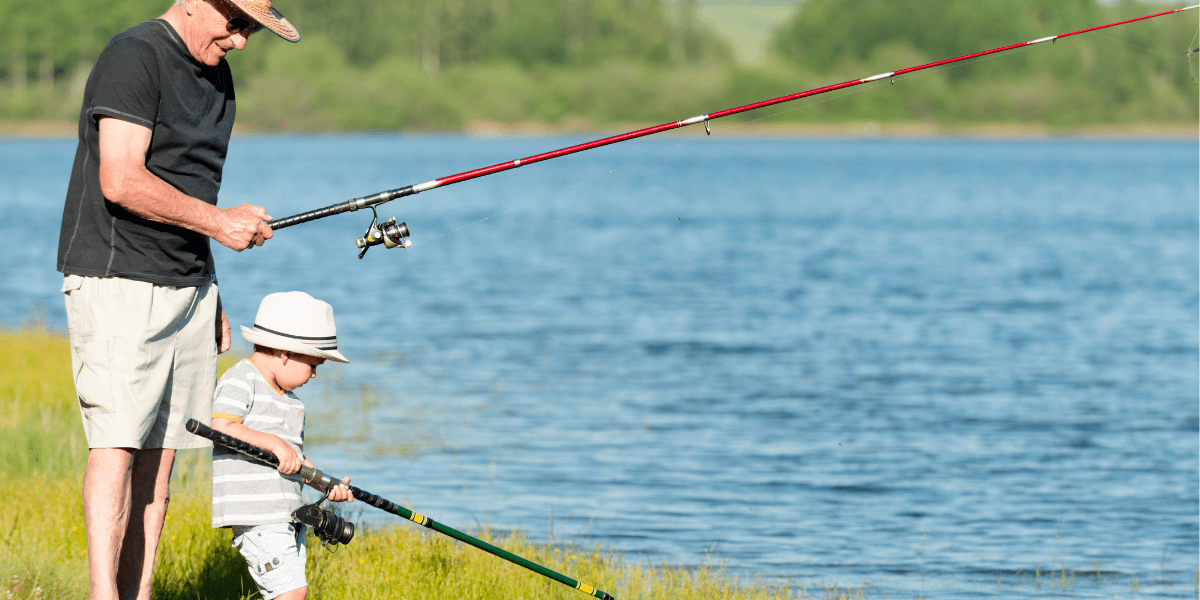
To ensure a memorable fishing trip at Raystown Lake, it’s crucial to follow boating regulations and safety guidelines, respect the lake’s natural habitat, and be prepared for varying weather conditions.
We always advocate for safety, so our key advice includes wearing life jackets, using proper lighting for early morning or late evening fishing, and being mindful of the lake’s depth and underwater structures.
Your Perfect Home After the Catch
After your day out at Raystown Lake, catching everything from the elusive striped bass to the vibrant trout, Ridgeview Campground is your perfect retreat.
Situated close to the lake’s prime fishing spots (we’re just a few minutes away from Snyder’s Run Boat Launch and eight minutes from a full-service marina!), our campground offers a mix of natural beauty and convenience, making it the ideal base for your fishing adventure.
With options ranging from tent sites to luxury RVs and proximity to plenty of Raystown Lake and Huntingdon’s local attractions, it caters to every camper’s needs. Whether you’re here for fishing or to explore the surrounding beauty of the lake, we will ensure your stay is as rewarding as your catch.
Come book with us today! If you have any concerns, drop us a message, and we’ll be happy to help.
Frequently Asked Questions
What is the biggest fish caught in Raystown Lake?
The state record for the largest fish caught in Raystown Lake is a 53-pound striped bass caught by Robert Price.
Are there musky in Raystown Lake?
Yes, musky or muskellunge are present in Raystown Lake, offering challenging fishing opportunities for anglers.
How deep is Raystown Lake, PA?
Raystown Lake reaches depths of up to 200 feet, making it one of Pennsylvania’s deepest lakes.
Is Raystown Lake good for fishing?
Raystown Lake is renowned for its excellent fishing because it has the highest number of fish species compared to most other U.S. lakes.
What is the biggest fish ever caught in a lake?
The biggest fish caught in a lake was a lake trout with a weigh-in of 102 lbs. It was caught in Lake Athabasca in Saskatchewan, Canada by two anglers in 1961. However, it isn’t officially recognized by the International Game Fish Association because it wasn’t caught on a rod and reel.
The IGFA record is 72 lbs. for a lake trout, which has been held by Lloyd Bull since 1995. An unofficial one that could beat the previous record (once recognized by the IFGA) is a 73 lb catch by angler Scott Enloe in Colorado.





